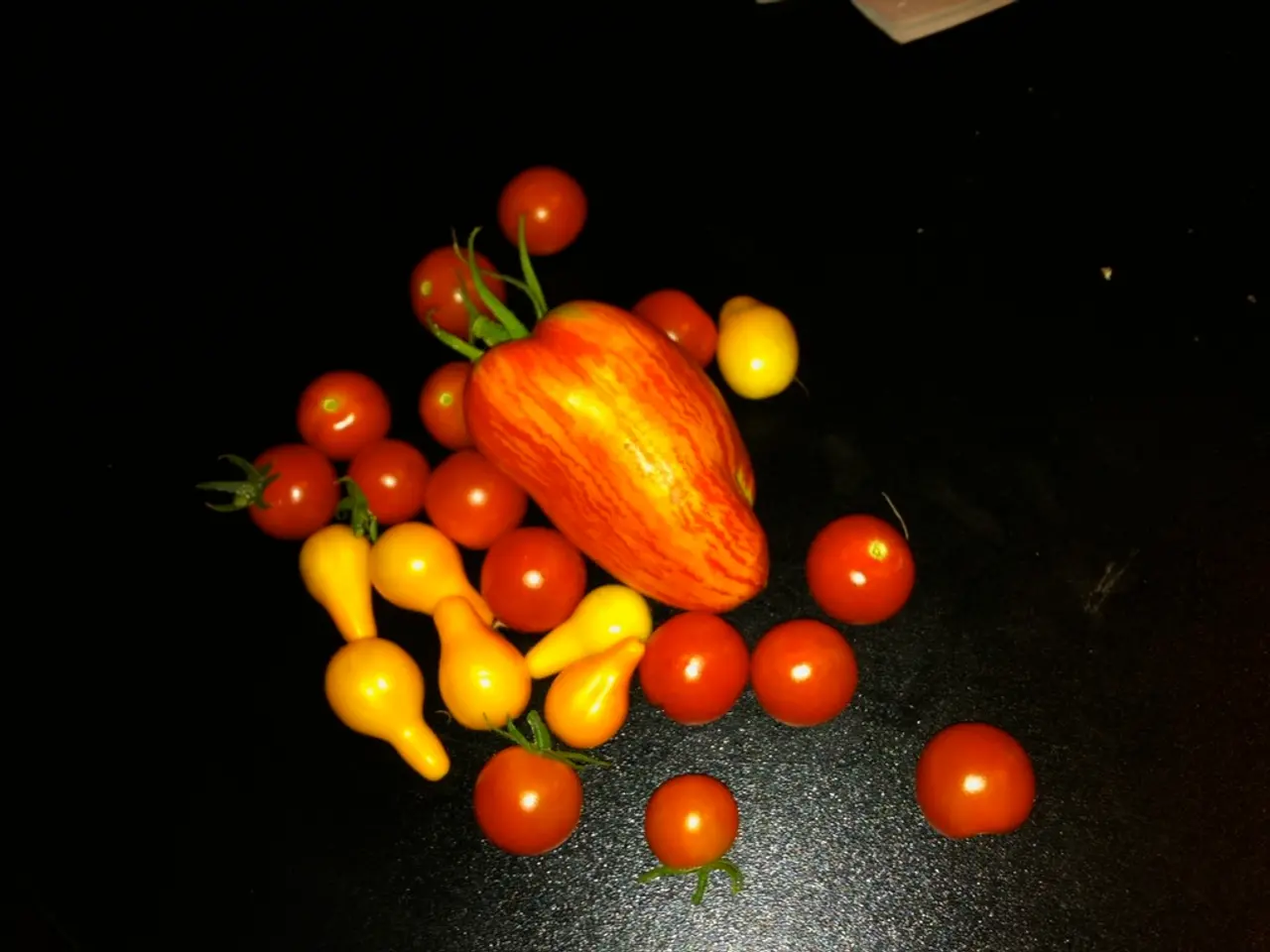A Comparative Look at Sabja and Chia Seeds: Two Superfoods with Distinct Differences
Comparing Sabja Seeds and Chia Seeds: Exploring the Distinctions of these Miniscule Nutritional Powerhouses
Sabja seeds, also known as basil seeds, falooda seeds, or tukmaria, and chia seeds are two seeds that have gained popularity in the health-conscious world, each with its unique origins, nutritional profiles, and uses.
Originating from the Ocimum basilicum plant, Sabja seeds are slightly larger, uniformly black, and more oval in shape. In contrast, dry chia seeds are smaller and can be black, white, or gray, often with specks and mottled patterns. While chia seeds tend to be more expensive and are often imported in countries like India, sabja seeds are locally grown and more affordable.
When it comes to preparation, chia seeds offer more flexibility as they can be consumed raw, soaked, or ground. Sabja seeds, however, must be soaked before consumption due to a choking hazard and swell almost instantly within minutes when soaked in water. Chia seeds take longer, around 20-30 minutes, to fully absorb water and develop their characteristic gel texture.
In terms of nutritional value, both seeds offer a wealth of benefits. Sabja seeds are an excellent source of soluble fiber, which helps regulate blood sugar and ease digestion. Chia seeds provide calcium, magnesium, phosphorus, and iron that are important for bone and muscle health. Chia seeds also offer high omega-3s and protein, making them a favorite in plant-based diets, while sabja seeds excel as a traditional, cooling, digestive aid, rooted in Indian wellness practices.
Sabja seeds help cool the body, making them ideal during hot climates, act as a natural remedy for acidity and bloating, support skin health and detoxification, and aid in blood sugar control post meals, especially in diabetics. Chia seeds support cardiovascular health due to their omega-3 content, aid in weight loss by promoting satiety, help regulate blood sugar levels and reduce inflammation, and improve bone health due to their high calcium and phosphorus content.
Culturally, sabja seeds are commonly used in Indian and Southeast Asian drinks and desserts, including herbal teas, milkshakes, and Nimbu Paani (lemonade). Chia seeds, on the other hand, are versatile in Western diets and are often used in chia puddings, smoothies, baking, and as an egg substitute in vegan cooking.
Historically, the first commercial use of chia seeds originates from their cultivation and use in South America. Indigenous peoples in this region used chia for its nutritional properties, and today, chia seeds are commercially grown and traded primarily in South American countries such as Mexico and Paraguay. In contrast, sabja seeds have been used for centuries in Ayurvedic and Unani traditions for their cooling properties and digestive benefits.
Despite their similar appearance and hydrating properties, sabja and chia seeds differ significantly in origin, nutritional value, culinary use, and cultural context. Sabja seeds have less fat and fewer calories compared to chia seeds, and chia seeds contain more protein, around 4-5 grams of protein per 2 tablespoons. Additionally, chia seeds are rich in omega-3 fatty acids (ALA), making them beneficial for heart health.
In conclusion, while both sabja and chia seeds offer numerous health benefits, they cater to different dietary needs and cultural preferences. Understanding these differences can help consumers make informed decisions when incorporating these seeds into their diets.
Read also:
- Peptide YY (PYY): Exploring its Role in Appetite Suppression, Intestinal Health, and Cognitive Links
- Toddler Health: Rotavirus Signs, Origins, and Potential Complications
- Digestive issues and heart discomfort: Root causes and associated health conditions
- House Infernos: Deadly Hazards Surpassing the Flames








